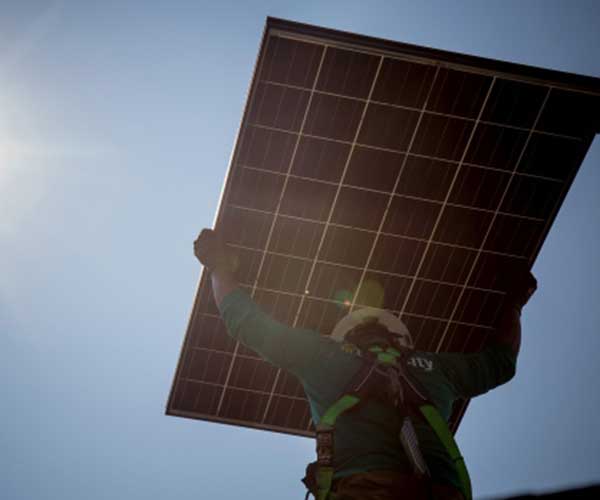Nova Scotia Power has received approval for a $354 million battery storage project aimed at enhancing grid stability as the province transitions from fossil fuels to renewable energy sources. The Nova Scotia Utility and Review Board approved the expenditure last week, allowing the utility to proceed with the construction of three battery systems.
The project, which is partially funded by a $116 million federal grant, will see the installation of three 50-megawatt, four-hour duration lithium-ion batteries in Bridgewater, the Halifax Regional Municipality, and Kings County. These sites were chosen for their proximity to existing Nova Scotia Power substations, which will convert and transmit the stored electricity.
Nova Scotia Power has also secured financing through the Canada Infrastructure Bank and investment from the Mi’kmaw-owned Wskijnu’k Mtmo’taqnuow Agency. The utility has begun site preparations and plans to ramp up construction following the regulator’s approval.
All three battery systems are expected to be operational by 2026.

Nova Scotia Power generates more than 2,400 megawatts of electricity that is delivered across 32,000 km of transmission and distribution lines. (Andrew Vaughan/Canadian Press)
In its application to the regulator, Nova Scotia Power emphasized the critical role of utility-scale battery storage in the province’s energy transition. The batteries will store excess energy generated by renewable sources, such as wind and solar power, and release it during periods of high demand, thereby stabilizing the grid.
As of the first quarter of 2024, renewable sources provided 43 percent of Nova Scotia’s electricity, primarily from hydroelectric power via the Maritime Link and local wind turbines. The remaining 57 percent comes from fossil fuels, predominantly coal. Provincial legislation mandates that Nova Scotia Power phase out coal and achieve 80 percent renewable energy by 2030.
The utility was fined $10 million for missing its last renewable energy target in 2022, a penalty it is currently appealing.
The project faces challenges, particularly in securing stable pricing for lithium, a key component of the batteries. Despite this, Nova Scotia Power managed to lock in prices through a limited notice to proceed.
The board has required the utility to provide an interim update on costs and funding sources by September 2025 and to report any significant delays in the project timeline.
This battery storage initiative is a significant step towards Nova Scotia’s goal of a sustainable energy future, highlighting the importance of technological investment in achieving climate targets.















Comments